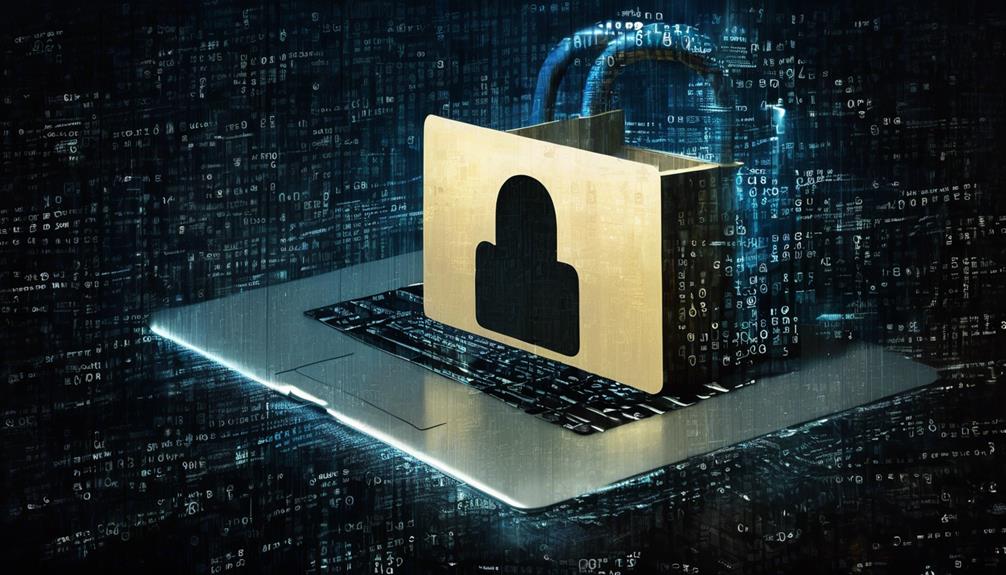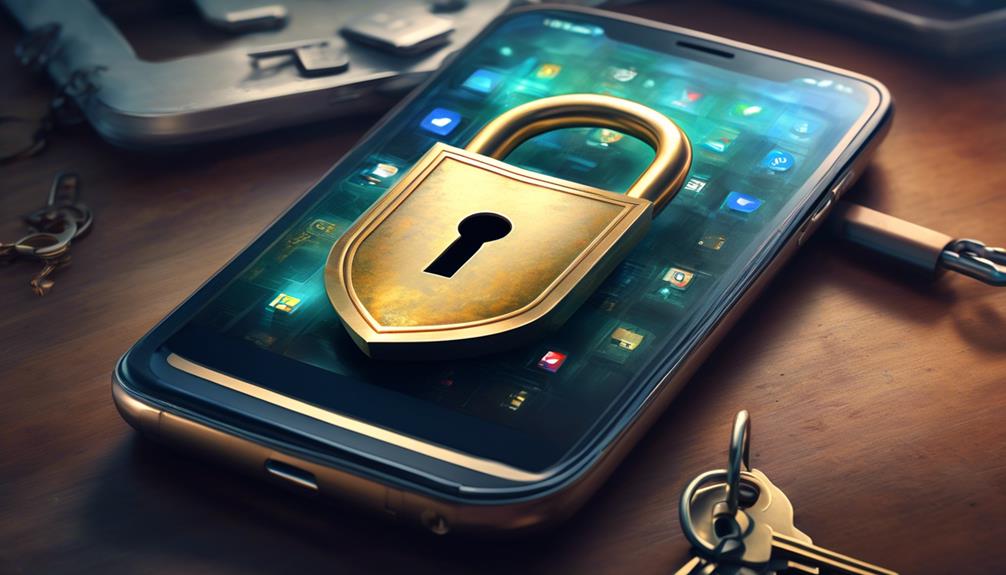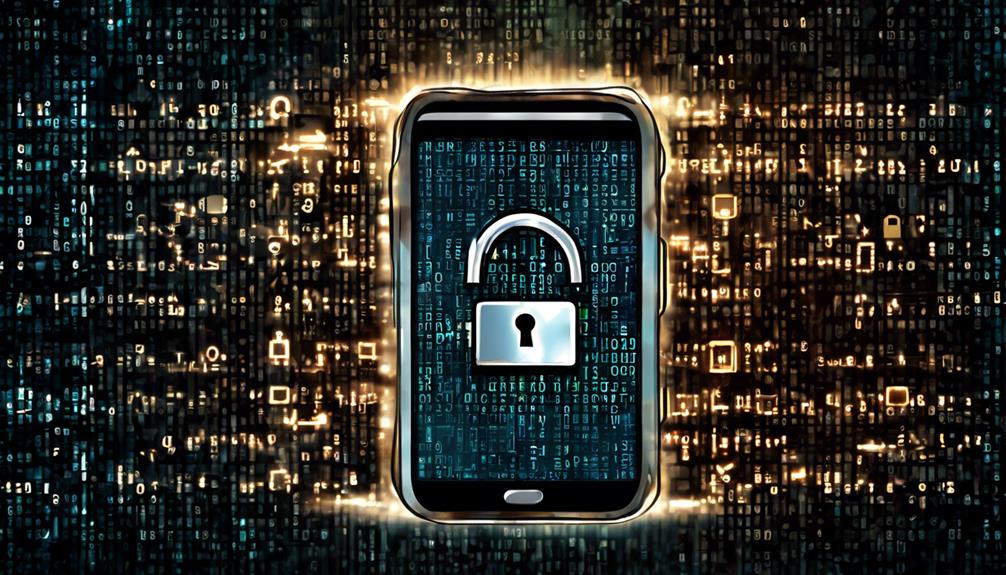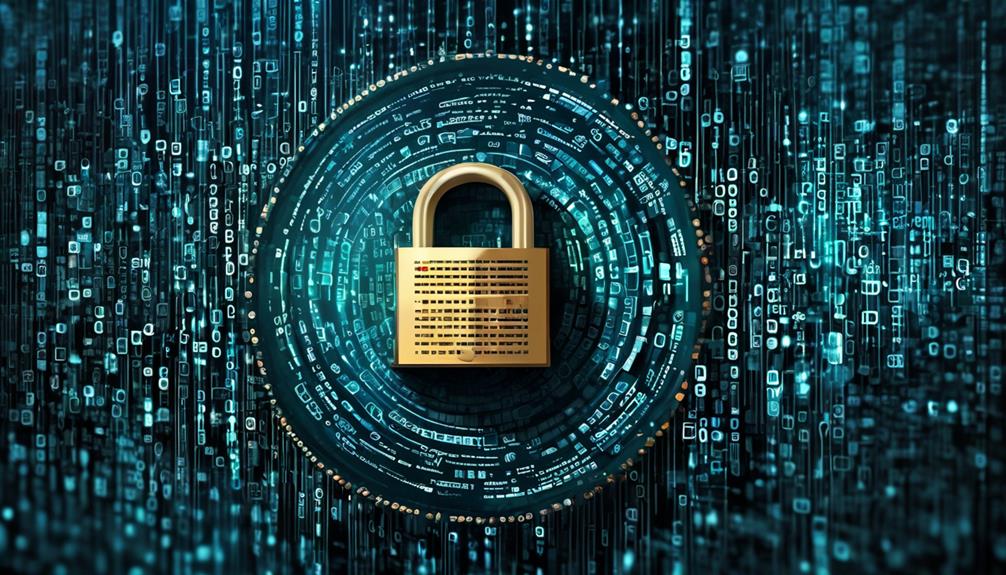Just as Odysseus navigated treacherous waters, modern users must carefully tread through digital messaging. In this era, personal information is highly coveted. Ensuring the safety of digital correspondence has become a crucial task. Professionals recognize the need to protect their messages against data breaches and identity theft. Consequently, this guide will provide essential steps to secure digital communication. It includes selecting secure messaging applications and identifying phishing attempts. Furthermore, the reader will gain knowledge on establishing digital privacy. However, true mastery lies in the upcoming details.
Understanding Digital Threats

In today's digital realm, individuals must remain vigilant. They face threats from phishing scams to malware attacks, endangering online safety. Particularly insidious are malware risks. Malicious software infiltrates systems, stealing data and corrupting files. It may even hijack devices for larger cybercriminal activities.
Recognizing malware signs is crucial. Look out for unexpected pop-ups and slow device performance. Be wary of suspicious email attachments. Understanding encryption's importance is paramount in protecting communications. Encryption serves as a critical shield. It scrambles information so only authorized parties can read it.
When messaging, prioritize platforms with end-to-end encryption. This prevents unauthorized access to private conversations. Even if data is intercepted, it remains unreadable to the intruder. Active engagement in protective measures is necessary to belong in today's world. Update software regularly and use strong antivirus programs. Educate yourself about the latest security threats.
These steps form a proactive defense strategy. By staying informed and adopting secure practices, individuals can navigate the digital network confidently.
Choosing Secure Messaging Apps
Selecting a secure messaging app is crucial for private communication. Users must prioritize apps with strong encryption protocols. This ensures messages remain confidential, readable only by sender and recipient. For instance, end-to-end encryption is vital; it bars third parties from message access.
While assessing an app's security, review privacy settings carefully. Users should control contact permissions and personal information access. They deserve a community that respects privacy and security. Additionally, a messaging app's update frequency and clear privacy policies show safety commitment.
Furthermore, users should confirm app compliance with security standards. It's wise to check for past data breaches or vulnerabilities. In doing so, users bolster cybersecurity vigilance, creating a safer digital messaging environment. Hence, selecting the right app is a collective stride towards better digital safety for all.
Creating Strong Passwords

Having chosen a secure messaging app, users must now focus on creating strong passwords to further enhance their digital security. A robust password acts as the first line of defense against unauthorized access, and understanding password entropy is crucial. Password entropy refers to the measure of unpredictability or randomness in a password, which directly impacts its strength. To increase entropy, passwords should be long, combine letters (both uppercase and lowercase), numbers, and symbols, and avoid common words or patterns.
It's essential for users to craft passwords unique to their digital identity, fostering a sense of belonging within the secure space they're creating. Users should steer clear of personal information that can be easily guessed or obtained by cybercriminals. Regularly updating passwords and using different ones for various accounts also strengthens security.
For those seeking an alternative to traditional passwords, biometric authentication offers a personal touch. Biometric alternatives like fingerprint or facial recognition can provide convenient and secure access. However, it's vital to remember that even biometrics should be backed up with strong passwords to ensure layered security. By prioritizing these practices, users join a community committed to safeguarding their personal conversations against digital threats.
Recognizing Phishing Attempts
How can you spot a phishing attempt amidst the myriad of digital communications we encounter daily? It's all about spotting red flags and analyzing message content with a critical eye. Understanding the common indicators of phishing can help you protect your personal information and foster a sense of security within your digital community.
When analyzing message content, look for these telltale signs:
- Unexpected Requests for Personal Information: Legitimate organizations won't ask for sensitive information through email or text messages.
- Urgency to Act: Phishers often create a false sense of urgency, pressuring you to act quickly without time to think or verify.
- Suspicious Links or Attachments: Before clicking, hover over links to check their actual destination and be wary of downloading unexpected attachments.
Implementing Two-Factor Authentication

While recognizing phishing attempts is crucial, bolstering security through two-factor authentication adds an essential layer of protection for online accounts. This method significantly decreases the likelihood of unauthorized access by requiring two distinct forms of verification.
Users typically begin with their familiar password, the first factor, which is something they know. The second factor involves something they have, such as security tokens or a mobile device that receives a unique code. These authentication methods ensure that even if a password is compromised, the chances of a breach remain minimal.
To implement two-factor authentication, users should first enable the feature within the security settings of their online accounts. They'll then choose a secondary verification method. For instance, they might opt for a text message with a code, a push notification from an authentication app, or the use of physical security tokens that generate time-sensitive codes.
It's important for users to understand that embracing two-factor authentication isn't just about individual safety—it's about fostering a community of security-conscious individuals. When everyone takes part, the digital space becomes safer for all. By joining this collective effort, users contribute to a secure online environment where everyone's information is better protected.
Frequently Asked Questions
How Do I Handle Sensitive Conversations That Have Already Been Compromised on a Less Secure Messaging Platform?
She promptly begins damage control. She urges all involved to update their passwords and stay vigilant for any breaches. To rebuild trust, she fosters open dialogue regarding the incident. This ensures each person feels part of the improved security measures.
Are There Any Legal Considerations to Be Aware of When Encrypting Messages, Particularly in Certain Countries or Regions?
Yes, she must consider encryption regulations and privacy laws that differ by location. Furthermore, certain countries limit the use of encryption. Consequently, it's essential to investigate local laws thoroughly to guarantee her messaging adheres to compliance standards.
How Can I Securely Delete Messages or Digital Information to Ensure They Cannot Be Recovered by Malicious Actors?
Just as she shreds her letters to guard her secrets, one should similarly employ data wiping software. Alternatively, physical destruction can be opted for. This guarantees that digital messages remain unrecoverable by those with ill intentions. It effectively protects the privacy of one's digital community.
How Does Metadata Play a Role in Digital Messaging Safety, and What Steps Can I Take to Minimize Risks Associated With It?
Metadata exposes a user's online traces, thus endangering privacy. Consequently, to reduce risk, one must frequently evaluate potential threats. Additionally, adjusting settings to curb metadata dissemination is crucial, which in turn promotes a secure environment in their digital circles.
Can Screen Capture or Recording Tools Threaten My Messaging Security, and How Do I Protect Against These Types of Breaches?
Screen capture tools pose a risk to messaging security via visual hacking. Consequently, to mitigate these risks, it's advisable to activate screening alerts. Additionally, one should embrace measures that prevent the unauthorized recording or capturing of sensitive data.
Conclusion
Safeguarding digital communication is crucial, resembling the reinforcement of a fortress. Select secure apps, akin to choosing robust walls. Craft strong passwords, creating unbreakable locks. Remain vigilant, which serves as a watchtower. Spot phishing schemes early, before they become a threat. Implement two-factor authentication; it acts like a moat. This process deters potential cyber attackers effectively. Arm yourself with knowledge and the right tools. Individuals can then secure their messaging platforms. This turns messaging into a safe haven. As a result, private conversations remain confidential. They echo in spaces hidden from outsiders. Transitioning to such security measures ensures privacy.



